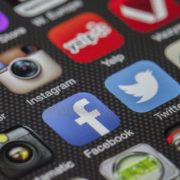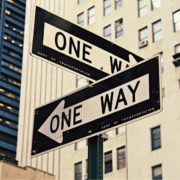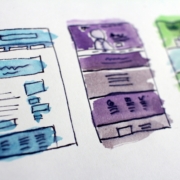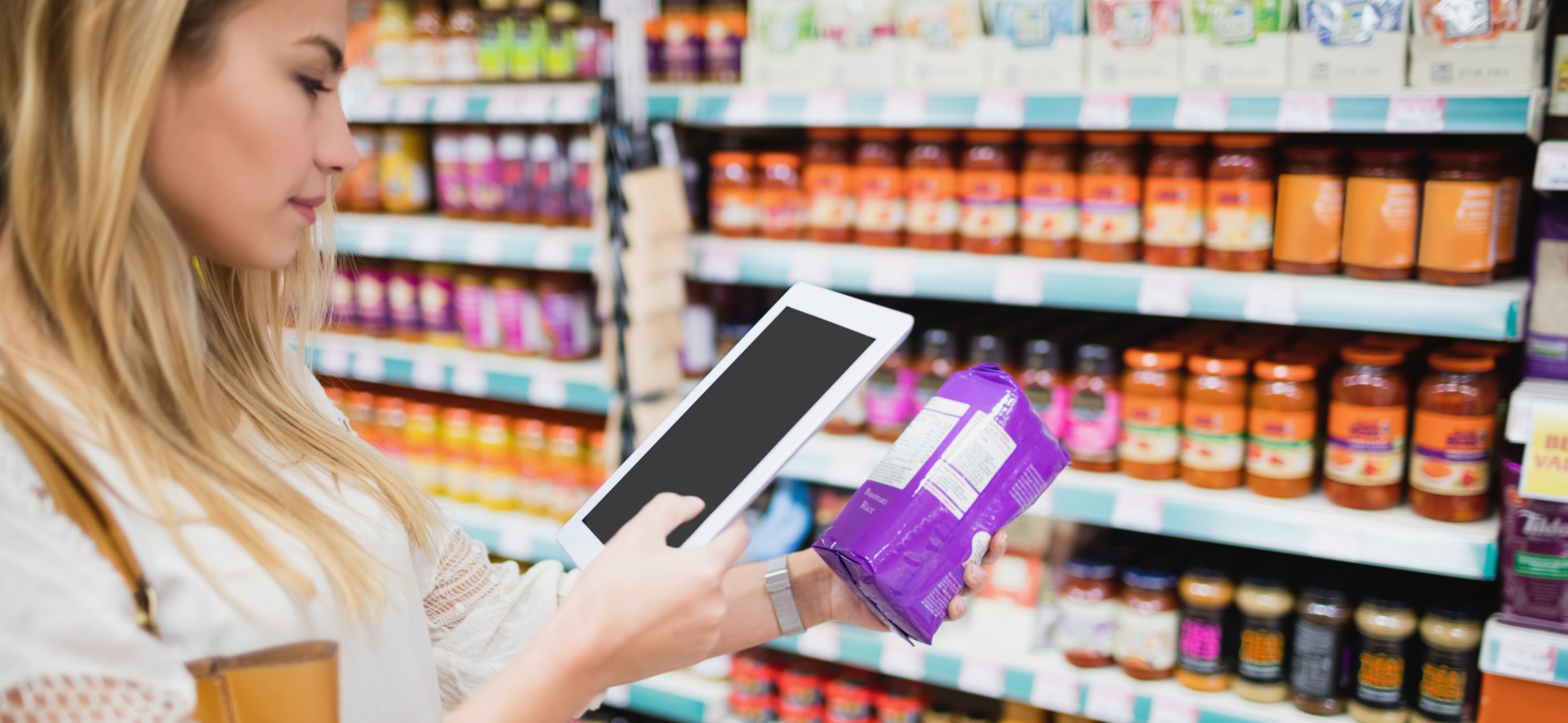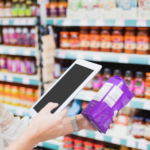Welcome back to our series on Facebook and its capabilities for emerging brands. As promised, we’re taking a slow and deliberate walk through all things Facebook, and our goal has been to start very high level and work into more detail. In Part 1 we looked at the basics of the platform and why if offers specific advantages to brands hoping to grow awareness and drive sales.
In this post we’ll go a little bit deeper and talk about the difference between boosted posts and paid ads, which are both ways that you can use Facebook to promote aspects of your brand and products. But before we do that, let’s talk about a Facebook business page itself. The page is free to setup and use, and it offers a brand the ability to communicate what it is. Elements of the page include the cover photo, the profile photo, About information, and the left hand navigation which provides links to key content. A good Facebook page should tell the first time visitor the brand’s name and what it sells essentially at first glance. This should be accomplished through a beautiful cover page that either shows the product or the brand’s logo/information. The profile picture should also clearly communicate the brand’s mission. Many brands use their logo for their profile picture, and others will rotate the profile picture to reflect current happenings, much the way individuals update their profile pictures.
The left hand navigation of the page is pretty straightforward. As you create your page and fill out the key information, make sure that you’re clear and concise in your verbiage. Speak in your brand’s voice, and tell the new visitor exactly what you sell and what is unique about it. Keep it short and sweet, though; don’t go over two paragraphs, and try to keep to one. You can also customize the left hand navigation with pages for contests or some other specific item you’d like to highlight. If you need help creating your Facebook page, there are online solutions that can help, like Pagemodo, FBiframes, and TabSite. Many of these are inexpensive, just a few dollars a month.
If you’d like to see a few examples of beautiful Facebook brand pages, here are a few that have stood out to me. They vary from small brand to large, sophisticated to relatively simple. But they all tell their brand’s story effectively, and promote the habits/lifestyle that go along.
Examples: Elli Quark, Chobani, Stiles Switch BBQ and Brew, and Nutella.
Ok, now that you’ve got your page setup, let’s talk about how to get your message to fans. First, a note about Likes and their relative importance. Likes are important, but less important than they used to be. The reason is that Facebook is an entirely pay to use platform today. So whether you have 5 likes or 50,000, you will have to spend money for your posts to land in your fans’ newsfeeds. Of course, the more likes a brand has the higher the organic (non-paid) newsfeed displays will be, but the difference is relatively small. Likes do serve a purpose, however. The more fans (likes) a brand has, the more robust its community will appear to a user that stops by. A CPG example: If a buyer from a major retailer stops by your page, having 50,000 likes will indicate a stronger following than a 500 use fan base will. I typically recommend that brands spend some money to obtain likes, balancing that against the need to spend on boosting posts and running ads. The most important lesson about likes: Only buy relevant ones! Don’t fall into the trap of buyers 25,000 followers in Europe or Asia on the cheap! Those fans will never engage with your brand, and having a low ratio of fans to engagement will further diminish your posts’ organic reach. Not to mention, any experienced FB user will see right through it. While it may be tempting, don’t try to take this easy route.
Alright…all that said, let’s talk boosts versus ads. A boosted post is defined as a post whose reach has been increased by paying some amount of money. Let’s say that your brand wins placement in a big retailer, and you want everyone who visits your Facebook page to see that news, so you write a snappy, fun, engaging post communicating that news and add a great image. Now in addition to making that visible to anyone who stops by, you proactively want to get that news out to your fans, or other users who aren’t your fans yet but might want to know, and more importantly, might swing by and buy your product. You then click the “boost” button and add whatever amount you would like (minimum $5) and select the audience you want it the post to go to. Voila! Boosted post. Facebook will run your promotion and tell you how many people you reached, and hopefully, if the post is compelling, it will start generating comments and shares as well.
Let’s contrast that with an ad. An ad does NOT show up as a post on your page, it just goes out to the audience you select. It can take the form of a static image, a carousel of images, a slideshow (complete with free music), or a video. (stats show that video ads get the most engagement, but more on that later). Ads can also have specific objectives, like driving people to your website, or getting fans to redeem an offer you created. Ads offer more creative flexibility than boosted posts, and they offer a variety of goals. That’s not to say that ads are always better than boosted posts, but they serve a different purpose. Think of boosted posts as a way to communicate news and information, and ads as a way to drive certain behaviors.
Common ways for brands to use ads include: driving fans to your site to buy products, or to Amazon to buy; driving people to your website to learn about the brand and redeem a coupon; and generating brand awareness/staying top of mind.
That wraps up a long post. Next time…let’s talk about content strategy. That is, what to say?

